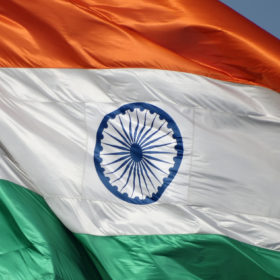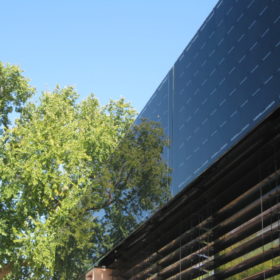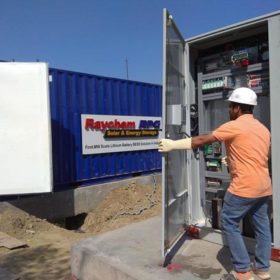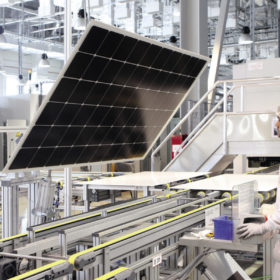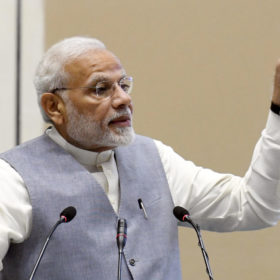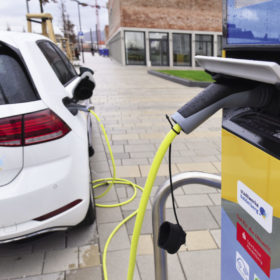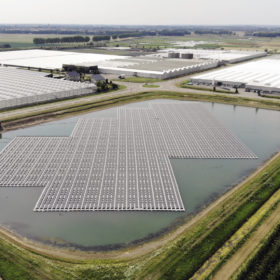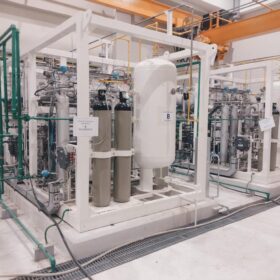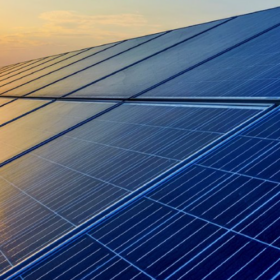Solar projects reprieved as Indian government declares coronavirus a force majeure
Lobby group the National Solar Energy Federation of India says around 4 GW of solar plant capacity is likely to be affected by component shortages after the outbreak of the virus in China.
Raising crops in PV facades
An international research group has analyzed the visual impact of PV facades on buildings which include crop cultivation. Architects, PV specialists and farmers were surveyed and the results showed broad acceptance of such projects.
NTPC invites global bids for 1.2 GW ISTS connected solar projects
The projects—to be established on a build, own, operate basis—will be awarded through e-bidding and a reverse auction with a tariff ceiling of Rs 2.78 per kWh. Bidding closes on March 19.
BHEL wins battery energy storage system order for Delhi discom-TERI pilot
By offering 410 KWh of cumulative battery capacity for a total cost of Rs2.51 crore, the state-owned engineer and manufacturer emerged winner in the auction which saw overwhelming response from both Lithium-ion and advanced lead-acid storage providers.
Waaree signs MoU with Gujarat to set up Rs 11 billion solar modules and cells plant
Coming up at Moda village in Valsad district, this will be Waaree’s third solar modules investment in Gujarat after Surat and Umargam plants.
Large scale storage still some way off
Consultancy Bridge to India has looked into its crystal ball to predict India will add 10 GW of solar capacity this year and the same next year before deployment slows to 7 GW per year in 2022 and 2023, dogged by hurdles such as an inexplicable ongoing demand for new coal-fired power plants.
Azure Power posts Q3 loss but continues to expand solar portfolio
The New Delhi-based developer posted a Rs136 crore loss from October to the end of December but has managed to shift current liabilities into the long grass as it aims to continue on an expansionist trail, backed by the Canadian pension fund which holds almost half its shares.
Bridging the gap between battery and supercapacitor
By engineering the structure of a hard carbon electrode, scientists at the CIC energIGUNE research center have created an ‘ultrafast battery’ which has been shown to combine the energy density of a lithium device with the fast discharge times normally associated with supercapacitors.
US based Triton Solar buys stake in startup Ushva Clean, JV to launch electric car
Leveraging Triton Solar’s battery technology and Ushva’s experienced team from IIT Bombay, the strategic alliance aims to develop one-of-a-kind car with the longest travel range on a single charge and unique user experience.
Indian reservoirs could host 280 GW of floating solar
At 58 GW, the state of Maharashtra has the greatest potential to generate solar energy through floating PV or ‘floatovoltaics,’ according to a study by The Energy and Resources Institute.
